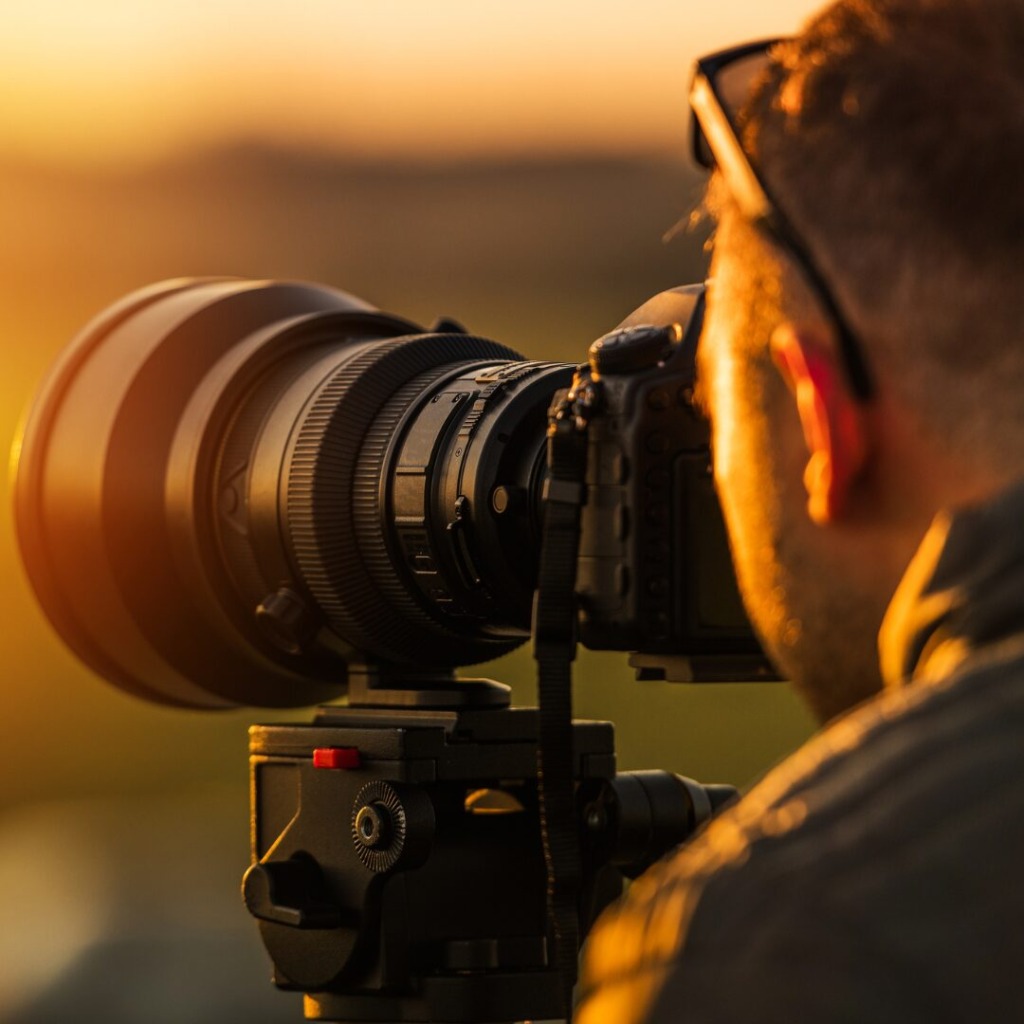Marion Barnham • January 03 , 2025

Your website is your shop window, it is where clients both potential and realised, go to purchase your products and services. It is where you present yourself and your values to the world. Websites are now so important that many shops reflect their websites rather than vice versa as it is easier to reach an audience online than it is for clients physically to come to you (presuming you have a traditional bricks and mortar establishment).
Photography is one of the tools in your arsenal to help visualise your brand and to communicate to your audience on your website. Here are five key points to consider in regards to your website photography:
What does your photography say about you?
- Does the photography on your website accurately reflect you and your brand values?
- Do you have a team or individual portraits and if so do they all make direct eye contact to engage with visitors?
- What emotion do those portraits convey; are the team happy, confident, relaxed or do the portraits come across as strained?
- If your website sells products, do the images reflect the price point of your products?
- If the products are hand made, do you have images of workers exhibiting their skills?
Photography is often the final layer of polish considered by a brand, at a time when there is little budget left. However it is also one of the first elements of a brand that is publicly visible. As such there is little utility in creating and promoting a high value product if the visuals associated with it are second rate.
Non verbal communication
Photography has the ability to convey a number of messages, very quickly, to visitors. Product photography shows what your products look like. An interior photograph shows what a hotel or a home looks like while a landscape image can help convey the views from a holiday or travel destination.
Food photography shows dishes offered at a restaurant and portraits show visitors the people behind the brand to help establish a human connection and trust. Different types of photography will evoke different emotions; a colour photograph can be vivid or muted, depending on the editing and the desired effect while a black and white photograph can offer a sense of the past and also timelessness. An action image offers a sense of dynamism while a still life can convey a meaning of contemplation. Good photography can help articulate your brand in ways copy alone can not.
SEO
Further to helping communicate your brand to clients, photography can also help with your website SEO. In addition to the image viewed, digital photographs contain information, called metadata, which includes but is not limited to time and date taken, the technical settings used and copyright information.
When uploaded to the internet this information can be amended to help the SEO of your site by using associated file names and relevant keywords. This search ability is often complimented by website features such as alt text and captions to increase your SEO.
Sourcing photography
There is a plethora of sources for photography, from commissioning a photographer to stock image libraries to smartphone cameras; enough to accommodate all budgets. Smartphone cameras give you the ability to take your own images while stock photograph libraries offer both quality premium and free photographs.
However it is likely you are not a photography expert and as such may not be aware of the pitfalls to avoid, which a professional photographer can help navigate. For example, an image from a free stock library may bear no financial cost, but are you aware of the licensing terms of using the image and are any model or location release restrictions? Do you know what a model or location release is?
Another factor to consider when either taking your own images or using third party ones is consistency; it is unlikely multiple images from either an amateur or multiple sources will be consistent in regards to composition and, more importantly, colour. It is worth noting that publishing an image on the internet does not constitute that image being in the public domain in regards to copyright. Using an image without permission or licence, in addition to being low quality, may also make you liable to legal action from the copyright owner.
Benefits of commissioning a photographer
As a subject matter expert, in addition to pressing the shutter, the role of a photographer is to help guide a client in order to create and take unique and bespoke photography. This includes asking questions and raising issues you may not have considered;
Would you like landscape orientated images or portrait orientation?
Is the final use for print or screen?
Who at your brand is handling the images and how much experience do they have?
Does your website have a particular photography aspect ratio?
Is there a need for empty space to accommodate text or the brand logo?
Photography is an area that many marketers overlook, brand books lack reference shots for photography, leadership teams have mis matched photos and often the images used in content and collateral don’t reflect a companies vision or values. We all remember the old adage that a photography says a 1000 words. What does your photography say about your brand?
A photography audit can give you a fresh perspective on your brand’s use of imagery.

